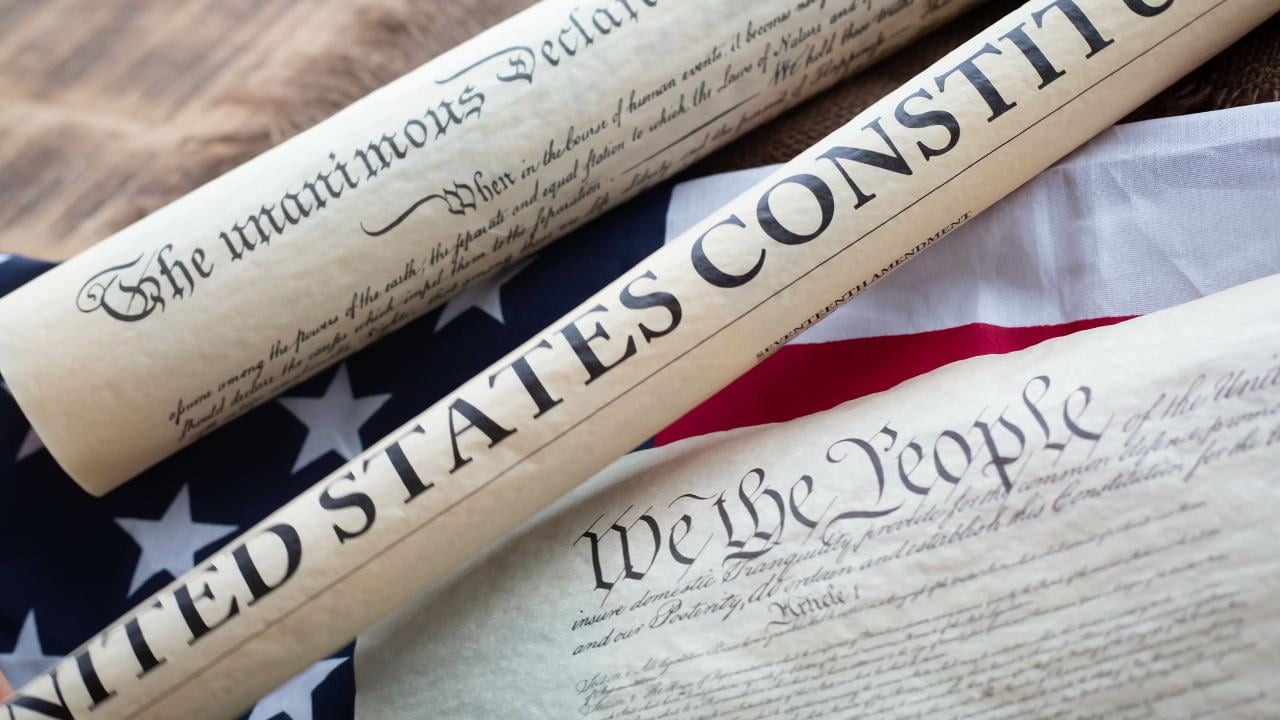
With the close of the Supreme Court term on June 30, Americans are reminded that the Constitution is at the core of our nation’s order and is the heart of our freedoms we must fight to keep. And despite public responses to this Court’s most newsworthy decisions – abortion, the second amendment, immigration, and limitations to federal agency power – highlighting the country’s political divide, the decisions are teaching moments, in fact they are history lessons reminding us that regardless of one’s political persuasion, our country was founded on the principle of self-government.
That is, We The People grant our government its powers, but only so long as those powers are used justly. In order to draw a line between just and unjust governance, we have our Constitution – the supreme law of the land – to guide us. The Supreme Court’s duty is to ensure that the laws of the land adhere to the Constitution. That’s it, period.
It is not the role of the Judiciary branch to make laws, enforce laws or create rights out of thin air. Nor are the unelected bureaucrats who staff Executive branch administrative agencies like the Environmental Protection Agency entitled to legislate. That’s the job of the Legislative branch, the elected representatives of the American people.
The Constitution gives us a pretty simple, though elegant, arrangement of powers. Lawmakers, elected by the people, make laws. The Supreme Court ensures those laws follow the Constitution, and the Executive branch executes them. When that system gets out of balance, it means power has been rerouted away from the people and directed toward the engorged federal government. It’s a warning that our fundamental liberties are at risk.
The rulings that came out of the current Supreme Court term, in large part, confronted issues relative to the limited powers of our federal government, almost entirely controlled by unelected bureaucrats, versus the broad powers reserved to the states.
In accordance with our system of government as a Constitutional Republic, the Ninth and Tenth Amendments plainly illustrate the states and their citizenries retain expansive broad rights and powers, while our national government is set up with limited powers – only those explicitly granted to the federal government and no more.
As a reminder, the Ninth Amendment states, “[T]he enumeration in the Constitution, of certain rights, shall not be construed to deny or disparage others retained by the people” and the Tenth Amendment drives home the idea of what it means to live within the boundaries of a Constitutional Republic as opposed to living in a country where rules are created, enforced and judged by a dictator, tyrant or crown. The Tenth Amendment reinforces the principles and values of this great nation, stating, “[T]he powers not delegated to the United States by the Constitution, nor prohibited by it to the States, are reserved to the States respectively, or to the people.”
These two amendments were developed to mitigate acts of usurpation and abuses of power. Fortunately, this term the Supreme Court respected both.
Contrary to how newsroom zealots framed this Court’s recent decisions, these weren’t really victories for the right, or losses for the left. Rather, they were crucial checks against the expansion of government which, as our Founding Fathers knew, inevitably arrogates more power to itself, which invariably leads to corruption, political and moral.
As Benjamin Franklin reportedly said in response to a question about what sort of government the delegates to the Constitutional Convention in 1778 had created, “A republic, if you can keep it.” And as James Madison famously reasoned, “the powers reserved to the several States will extend to all the objects which, in the ordinary course of affairs, concern the lives, liberties, and properties of the people, and the internal order, improvement, and prosperity of the State.”







